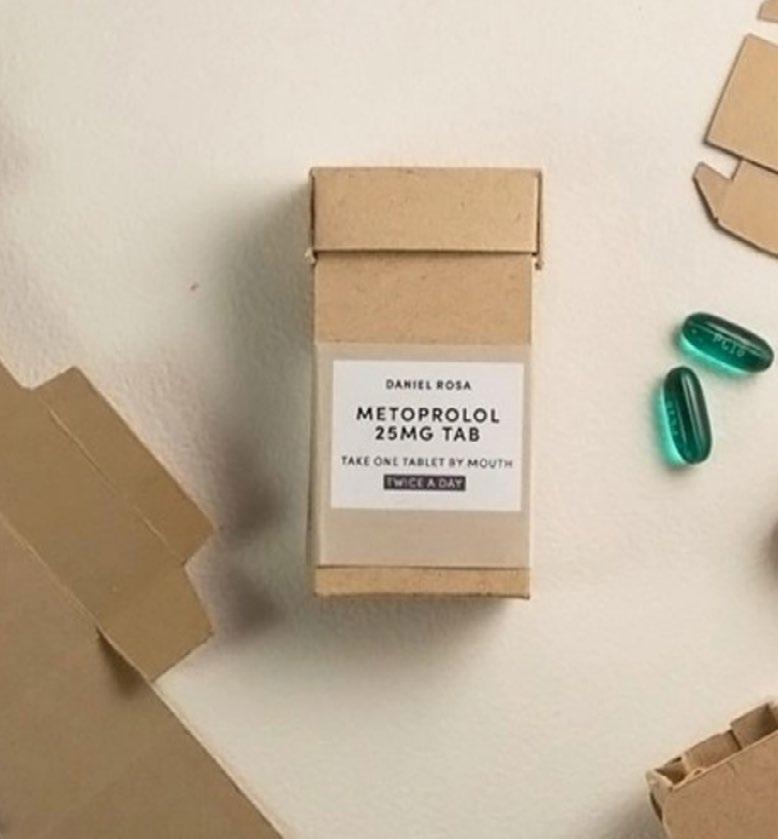Labelling in the pharmaceutical industry By Neel Madsen, Journalist
Printing, coding and labelling errors can have serious consequences when it comes to pharmaceutical products. Recalls are costly and can damage the brand owner’s reputation in an industry where reliability and compliance are paramount. hile some commercial printers have adapted their production to making facemasks, the upsurge in the use of hand sanitiser has seen demands for durable labels rocket during the COVID-19 pandemic. In the pharmaceutical industry, millions of vials filled with the newly developed vaccines have needed printed labels, as well as boxes in which they are supplied. This unprecedented high level of demand has tested label and packaging manufacturing, and the associated supply chain, to the limit. Normally medicines sold within the EU must be printed in the local language, but such has been the
pressure on the manufacturers during this crisis that the Member States agreed a temporary exemption from this obligation allowing outer and inner labelling, as well as the leaflets included, to be printed in English only. However, each individual product must still carry a unique code that enables full verification and traceability, as well as quality control and product recalls. These requirements are met by using variable data printing that can assign a number of different codes and marks, which are recorded and verified. The labelling process is monitored by 100% inspection systems, so that each label or folding carton box is error-free, and every single one accounted for. These rigid demands should be seen in the light of a forecast by Allied Market Research predicting that the global pharmaceutical
packaging market will grow from $88,880 million in 2019 to $144,233 million by 2027, equivalent to a CAGR of 6.1%. Labelling and coding For pharmaceutical products, a printing system must be able to produce extremely fine details and small text in high resolution for excellent readability and scanning. Digital printing is ideal for overprinting with variable data, for smaller batch sizes and when producing multiple SKUs. Serialisation and adhesives used for pharma products must be fit for purpose. Avery Dennison has recently introduced a new pharmaceuticals portfolio of materials with compliant adhesives. The range of facestocks has been specifically designed for digital printing with UV inkjet, water-based inkjet, dry toner, thermal transfer, and direct transfer.
33.

















